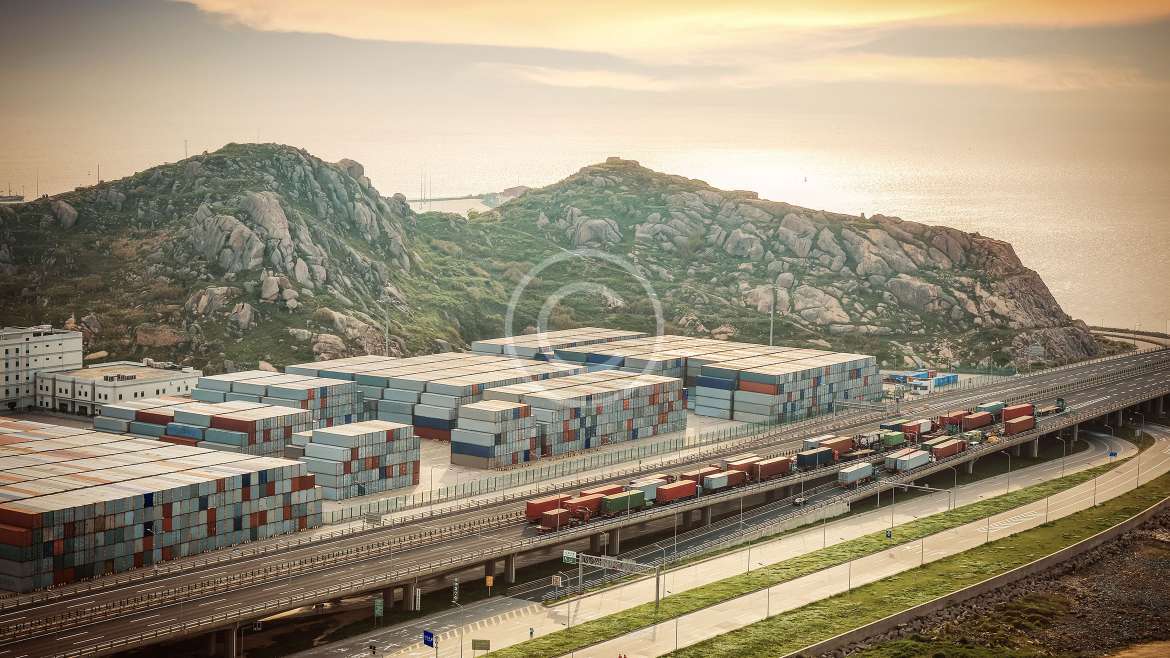Road freight is a cornerstone of global logistics, providing the backbone for transporting goods across local, regional, and international routes. Its flexibility, cost-effectiveness, and reliability make it indispensable for businesses of all sizes. This article explores the key aspects of road freight, its advantages, and its critical role in supply chain operations.
Fast and reliable air cargo solutions for urgent and time-sensitive shipments worldwide. We ensure secure handling and real-time tracking from departure to delivery.
Efficient ground transportation for vehicles and goods, offering route optimization and flexible scheduling to meet diverse logistical demands.
Fast and reliable air cargo solutions for urgent and time-sensitive shipments worldwide. We ensure secure handling and real-time tracking from departure to delivery.
Comprehensive ocean freight services for international trade, with full container load (FCL) and less than container load (LCL) options tailored to your timeline and budget.


